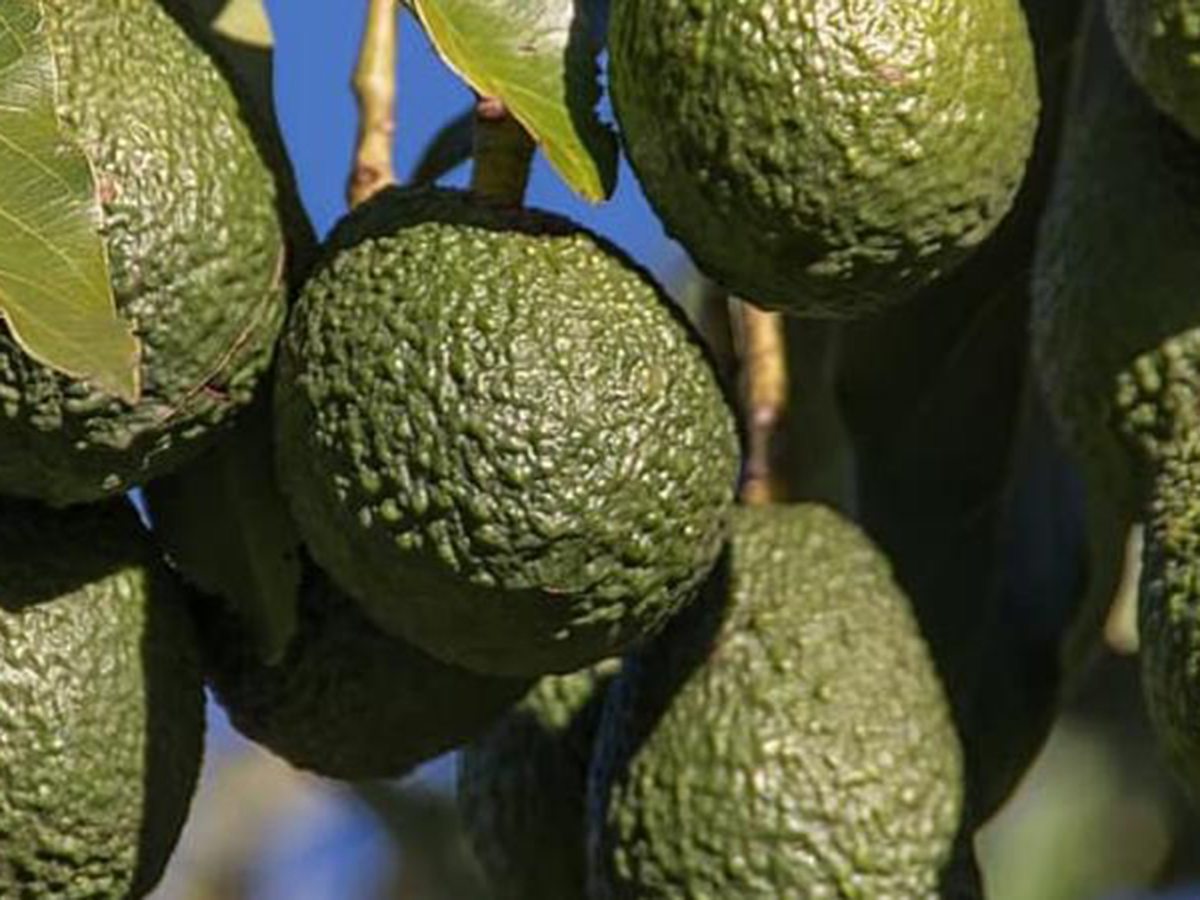The United States Department of Agriculture’s (USDA) National Institute of Food and Culture Specialty Crop Research Initiative has awarded a grant of $4.4 million solely to UCR in the name of avocado preservation. Avocado orchards are currently endangered because of potentially lethal threats, such as Laurel Wilt, Phytophthora root rot and soil salinity.
In particular, Laurel Wilt, caused by the fungus Raffaelea lauricola, has been shown to inflict irreparable damage once it has infected a crop. Florida’s avocado crops have already seen devastation due to Laurel Wilt. Without strategic action, the fungus is predicted to spread across the country and make its way to California, the country’s leading producer of avocado crops.
Additionally, avocado producers must contend with Phytophthora root rot and soil salinity. The former is a deadly disease caused by the microorganism Phytophthora cinnamomi, in which the roots of avocado plants blacken and perish. The latter refers to the salt levels within the soil, as these plants are sensitive to salinity and may fail due to an increase. With these combined challenges, avocado growers face an acute loss in fruit yield and quality and the serious potential of losing whole orchards.

In the interest of curbing these issues, the grant issued to the university will be used to formulate and strengthen appropriate solutions and preventative measures. In an interview with The Highlander, Patricia Manosalva, head of this project and UCR’s Avocado Rootstock Breeding Program (ARBP), stated that they will be focused on targeting different aspects of these production challenges, aiming for short, as well as mid to long term solutions. In particular, those involved in the project will be identifying sources that resist stressors, developing new diagnostic tools to proactively detect pathogens amongst avocados and registering new fungicides. Additionally, they will be implementing a sensor system that could assist with phenotyping for breeding purposes and differentiating between different issues, like whether a crop is suffering from drought-induced high salinity or root rot.
According to Manosalva, UCR was specifically chosen as a recipient of this grant due to the university’s history and expertise in avocado research, as well as their renowned avocado scion and rootstock breeding programs. Indeed, the ARBP plays a fundamental role in this grant project in that it allows researchers to identify and work with rootstocks that are found to be uniquely tolerant to potential harm from salinity and/or major pathogens. ”The main goal of the program is to provide rootstocks to the industry that are resistant to the several avocado production challenges such as pathogen resistance, drought, salinity,” she stated, adding that they strive to be as helpful and flexible as possible in maintaining the school’s large and diverse germplasm collection.
Indeed, with the addition of a related $1.9 million grant from the USDA’s National Institute of Food and Agriculture Organic Agriculture Research and Extension Initiative, the efforts towards saving avocados extend across the country. The grant was given to a selection of 15 scientists from five different universities across the country, including Manosalva and UCR, with the main director hailing from Florida State University. With these funds, they are planning to study whether or not plant essential oils can aid and/or control avocado diseases within organic certified orchards. In essence, this joint project will help determine other alternatives to disease control under organic production.
Manosalva reiterated that these projects are imperative to saving the avocado industry, not only in the U.S., where California has dropped from being the world’s second largest producer to around the 10th, but also in other countries worldwide. “We love avocados, and we want to continue taking advantage of their great nutritional and healthy properties,” she concluded, “so we need to secure the avocado production as well as increase the profitability of growers and sustainability of the industry.”







